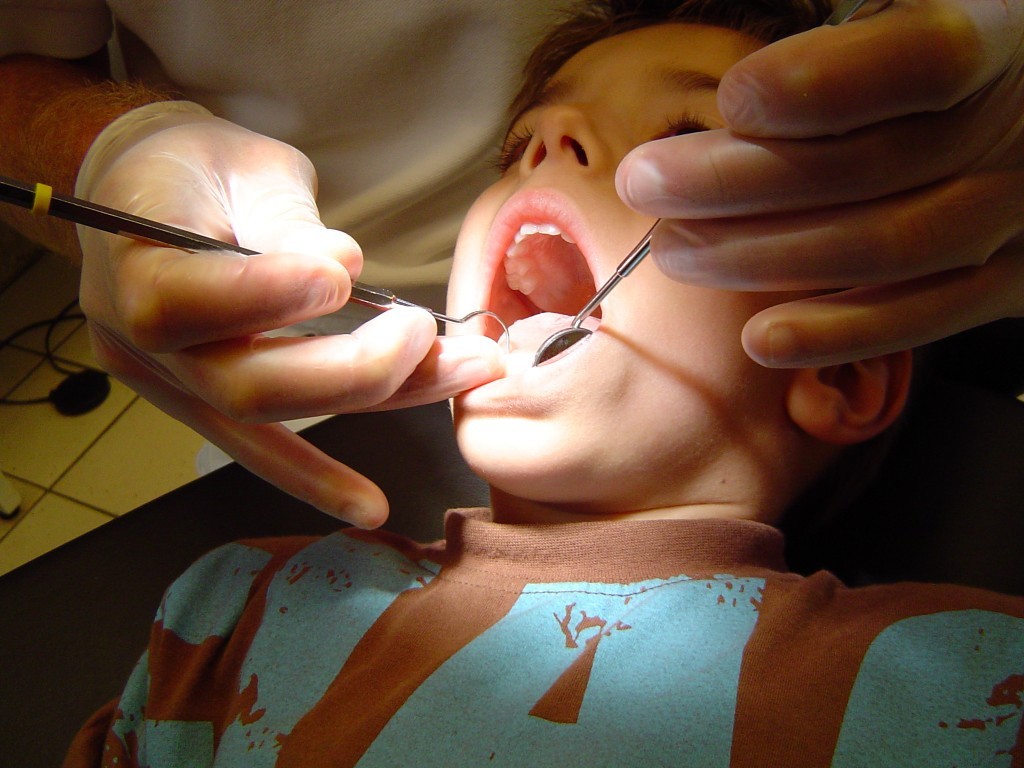When you bring your child in for dental care, you are putting your trust into the dentist to keep your child safe. Dental sedation and anesthesia pose a risk and it is your job as your child’s parent to understand the risks involved.
On March 29, 2016, a 14-month-old toddler from Austin, Texas died from complications following a visit to get cavities filled. The practice has been in business for 40 years and a professional anesthesiologist was present at the time of the accident. How did this happen? What could have been done to avoid this tragedy? Can sedation and anesthesia be avoided entirely in children who need dental care? Here are seven tips to follow to ensure that your child’s dentist is following safe practices:
- A complete medical history should be provided to your child’s dental provider. If a procedure must take place, ask if there are alternative forms of treatment that do not involve sedation or anesthesia.
- Ask your child’s dentist what credentials they have. Does their training meet the ADA Guidelines for the Use of Sedation and General Anesthesia by Dentists? Will there will be a professional anesthesiologist present? Is the staff trained in emergency resuscitation procedures, and is their training up to date?
- Ask which medications they will be using, how they are dosed, and how they are monitored.
- Determine when/if your child should stop eating or drinking before the procedure.
- Ask which level of sedation (minimal, moderate, or deep) your child will be required to have and if the level that was chosen is the least amount necessary. How will your child be monitored before, during, and after the procedure?
- Discuss what does a normal recovery look like. Ensure that you are given the appropriate emergency contact information in the event of complications returning home.
- The American Dental Association has a handy printable to bring with you to ensure that you ask the correct questions.
Thankfully, problems associated with dental sedation are extremely low. Armed with these questions, you can rest a little easier knowing that your child will go through their dental procedure as safe as possible.
Following the procedure, your child may be groggy, confused, or nauseous. Do not allow your child to return to school on the day of the procedure – instead, they should recover at home. In the event of vomiting, fever, severe pain, or severe bleeding, contact the dentist immediately.
Plan ahead for your child’s post-procedure meals. Your child may hope to eat ice cream for the entire recovery, but if you plan ahead your child can eat nutritious and tasty meals. Here are just a few snack and meal ideas to make it through the recovery period:
- Cooked vegetables
- Pureed soups
- Mashed potatoes
- Eggs
- Applesauce
- Yogurt
- Rice
- Fish
- Bananas and other soft fruits
- Oatmeal
- And yes, Ice Cream!
